Elevating Film Scores: The Impact of Diatonic and Chromatic Mediants in Cinematic Music
In the realm of film scoring, composers use an array of tools to convey emotions and enhance storytelling. Among these tools, diatonic and chromatic mediants stand out as powerful harmonic devices that add depth, complexity, and emotional resonance to film scores. In this in-depth guide, we look at the application and significance of diatonic and chromatic mediants in film scoring, shedding light on how they contribute to the captivating cinematic experience.
Understanding Diatonic Mediants:
Diatonic mediants are harmonic progressions that involve shifting from one diatonic chord to another within the same key, with the root movement being a third apart. For example, in the key of C major, the mediant chords are E major and A major. Composers use diatonic mediants to create smooth transitions between different emotional states, providing a sense of emotional evolution in the film's narrative.
Evoking Emotional Transitions:
In film scoring, diatonic mediants are employed during pivotal moments of emotional transition. When characters undergo transformation or when the story shifts dramatically, these harmonic progressions facilitate a seamless shift in the music's emotional tone. The mediant's smooth yet distinctive shift serves as an essential tool for guiding the audience through the emotional journey of the film.
Enhancing Melodic Lines:
Composers can also utilize diatonic mediants to enhance melodic lines in film scores. By incorporating melodic phrases that utilize mediant relationships, the music gains a sense of elegance and sophistication, capturing the audience's attention and reinforcing specific thematic motifs.
The Drama of Chromatic Mediants:
Chromatic mediants, on the other hand, involve a harmonic progression where the chords share the same root but are from different keys, resulting in unexpected and emotionally charged shifts. For instance, in C major, the chromatic mediant would be E major or minor. Composers utilize chromatic mediants to introduce tension, surprise, and heightened emotional impact to specific film scenes.
Conveying Unpredictability and Unrest:
Chromatic mediants are a potent tool for expressing uncertainty and unrest in film scores. When a character faces challenges or when the narrative delves into unexpected twists, the use of chromatic mediants can mirror the chaos and unpredictability on screen, amplifying the audience's engagement and emotional involvement.
Modulation and Key Changes:
Film composers can employ both diatonic and chromatic mediants to execute key changes and modulations smoothly. These harmonic devices create a bridge between different keys, guiding the audience through shifts in scenery, emotions, and character arcs. Skillful modulation using mediants contributes to the film's sense of coherence and storytelling.
Striking the Balance:
Achieving a balance between diatonic and chromatic mediants is crucial for crafting a captivating film score. An overuse of chromatic mediants may lead to a sense of overwhelming tension, while too many diatonic mediants may result in predictability. It is the composer's craft to delicately combine both harmonic devices, ensuring that they enhance the film's narrative and emotional impact.
Examples of Diatonic Mediants in film include Clair de Lune - Debussy. Used at the end of Oceans Eleven, although not strictly a film score it’s certainly been used to great effect in many films. in the context of Oceans Eleven it highlights the feeling of relief, celebration, and the understanding of achievement.
Examples of Chromatic Mediants in film include the Imperial March from Star Wars and the council of Elrond from Lord of the rings. These themes are other worldly and create tension, establish power, or draw the audience in to the moment.
In composition, the strategic use of diatonic and chromatic mediants offers composers a powerful means of evoking emotions, enhancing narrative depth, and guiding the audience through the cinematic journey. Diatonic mediants provide smooth emotional transitions and enrich melodic lines, while chromatic mediants introduce tension and unpredictability. By skillfully combining these harmonic devices, composers can elevate film scores to captivating heights, breathing life into characters, settings, and stories. The art of using diatonic and chromatic mediants is a testament to the boundless creativity and mastery of film composers, ensuring that the magic of cinema resonates deeply with audiences worldwide.

